
Culantro Herb Benefits and Uses: The Powerful Healing Plant You Should Try
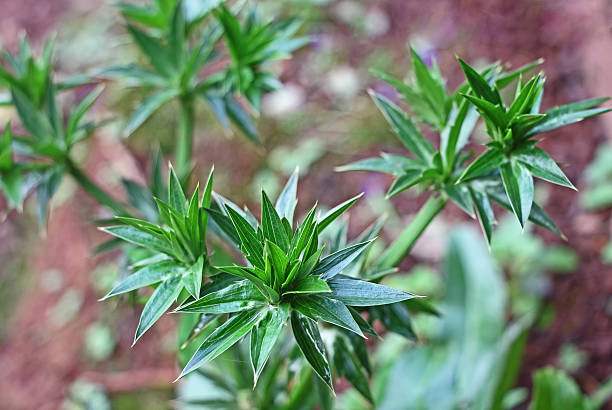
Culantro: The Bold, Healing Herb You Need to Know About
Culantro may look unassuming, but this tropical herb is one of nature’s most flavorful and medicinal treasures. With its long, serrated leaves and sharp, robust aroma, culantro delivers a punch of flavor that’s far stronger than its close relative, cilantro (or coriander leaves).
Native to Central and South America but beloved across Caribbean, Latin, and Southeast Asian cuisines, culantro is a staple ingredient in soups, stews, sauces, and marinades. Its taste is earthy, peppery, and slightly citrusy — the kind of flavor that instantly elevates any dish. Yet beyond its culinary magic, culantro is packed with nutrients and healing compounds that make it a true natural remedy.
Health Benefits of Culantro
1. Rich in Nutrients
Culantro is a nutrient-dense herb filled with vitamins and minerals that support overall wellness.
-
Vitamins A, C, and K help maintain healthy vision, skin, and immune function.
-
Iron and calcium strengthen bones and improve blood health.
-
Carotenoids and flavonoids act as antioxidants, protecting cells from free radical damage and slowing the signs of aging.
Adding even small amounts of culantro to meals can provide a natural boost of vitamins without needing supplements.
2. Supports Digestion
For generations, culantro has been used in folk medicine to soothe the digestive system. Its essential oils help stimulate appetite, reduce bloating, and ease gas. Many traditional remedies recommend drinking culantro tea after meals to relieve indigestion or stomach cramps.
The herb’s mild antimicrobial activity also supports a balanced gut microbiome, which plays a crucial role in nutrient absorption and immune strength.
3. Natural Anti-Inflammatory Power
Culantro’s medicinal potential extends to joint and muscle pain relief. Its leaves contain compounds with anti-inflammatory and analgesic properties, which help calm swelling and discomfort in conditions like arthritis or rheumatism.
In some Caribbean and Asian traditions, crushed culantro leaves are infused in warm water to make a soothing tea or topical poultice applied to sore joints.
4. Boosts Immunity
Thanks to its high vitamin C content and antioxidant profile, culantro strengthens the immune system and enhances the body’s natural defense mechanisms. Regular consumption — whether through tea, fresh herbs, or soups — can help the body ward off colds, bacterial infections, and fatigue.
For an extra immune boost, culantro can be mixed with honey and lime, creating a refreshing tonic that supports respiratory and digestive wellness simultaneously.
5. Respiratory Relief
Culantro has long been used as a natural remedy for coughs, colds, and asthma. Its aromatic oils work as a gentle expectorant, helping to clear mucus and soothe inflamed airways. A cup of warm culantro tea is often used in traditional medicine to relieve chest tightness, sore throat, and nasal congestion.
It’s especially popular in humid tropical climates, where respiratory issues are common due to changing weather and allergens.
6. Heart and Blood Pressure Support
Emerging studies suggest that culantro may help lower blood pressure naturally by improving circulation and reducing oxidative stress. The herb’s antioxidants and potassium content support cardiovascular health, helping maintain balanced blood flow and reducing the risk of hypertension.
Culinary Uses of Culantro
Culantro’s intense flavor makes it an essential seasoning herb in many cultural dishes:
-
Soups & Stews: A key ingredient in Caribbean recipes like sancocho, sofrito, and callaloo.
-
Marinades & Sauces: Often blended with garlic, onion, and peppers to create rich, aromatic bases for meats and seafood.
-
Rice & Beans: Adds depth and authenticity to Latin staples such as arroz con gandules or black beans and rice.
-
Herbal Tea: The leaves can be boiled into a soothing medicinal tea that supports digestion and respiratory health.
When cooking, culantro should be added toward the end of preparation to preserve its bold aroma — excessive heat can dull its flavor.
How to Use Culantro Medicinally
-
Fresh Leaves: Chop finely and sprinkle into soups, stir-fries, or marinades.
-
Culantro Tea: Boil a handful of leaves in water for 10–15 minutes, then strain and drink warm to ease coughs, colds, or stomach discomfort.
-
Herbal Remedy: Combine crushed leaves with honey and lime for an immune-boosting tonic.
-
Topical Use: For minor inflammation or insect bites, the leaf juice can be applied externally to calm irritation.
Precautions
Culantro is generally safe when consumed in normal culinary amounts. However:
-
Consuming excessive quantities may lead to mild stomach upset in sensitive individuals.
-
Pregnant and breastfeeding women should consult a healthcare provider before using culantro for medicinal purposes.
-
Always ensure culantro is washed thoroughly before consumption to remove dirt or pesticide residue.
A Hidden Gem in Nature’s Medicine Cabinet
While it may not enjoy the same global fame as cilantro, culantro stands out as one of the most powerful herbs for both flavor and healing. From boosting immunity and aiding digestion to soothing respiratory troubles and enriching your favorite dishes, this herb embodies the perfect harmony of taste and therapy.
If you ever come across fresh culantro at a local market — or have the chance to grow it yourself — consider it more than just an herb. It’s a green medicine, a kitchen staple, and a reminder that some of the world’s best remedies are the ones that grow closest to home.
News in the same category


Pumpkin Health Benefits: The Forgotten Superfood You Need Daily
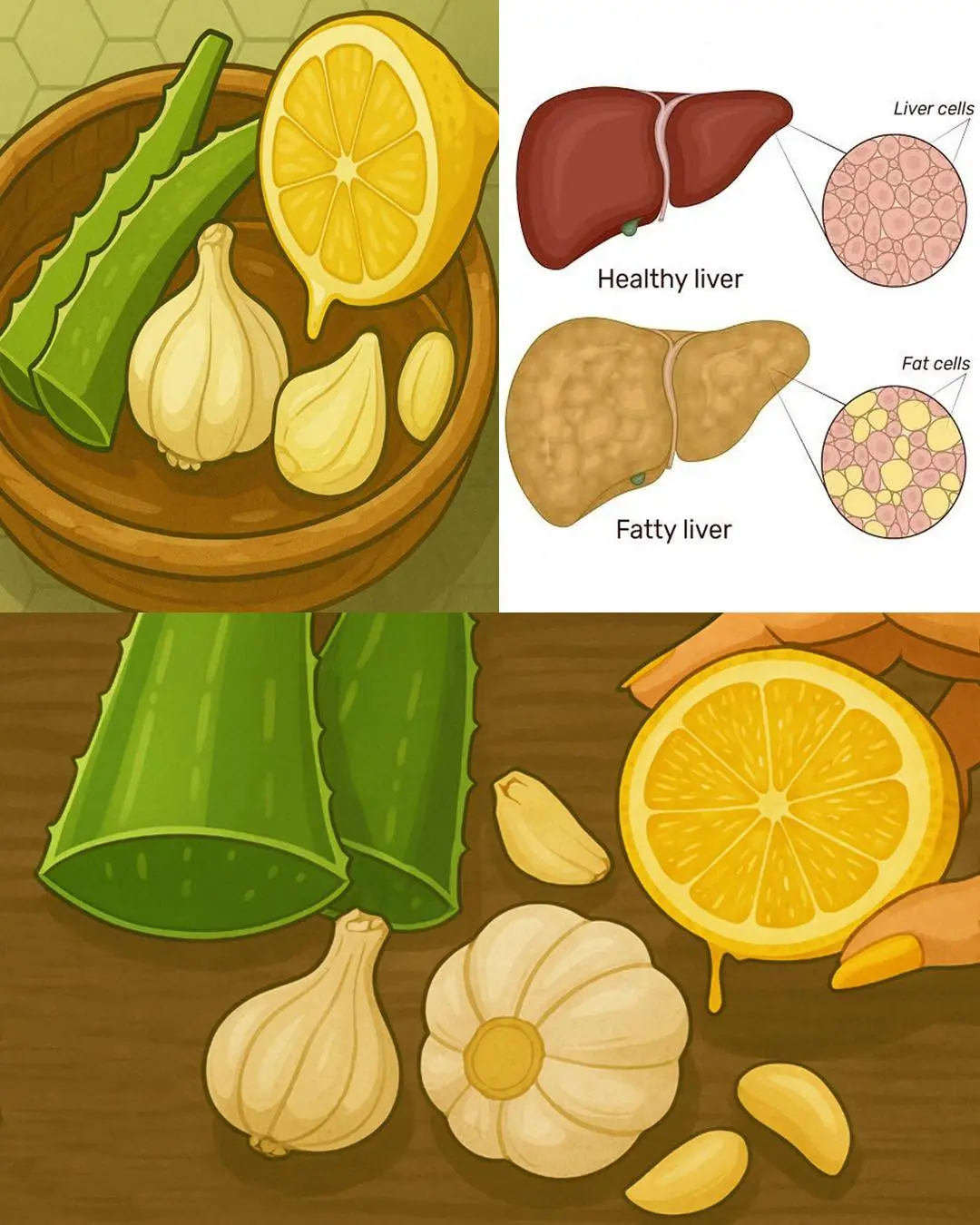
Aloe Vera Super Remedy: Stronger Than Garlic, Lemon, and Fights Bacteria & Fungi Naturally
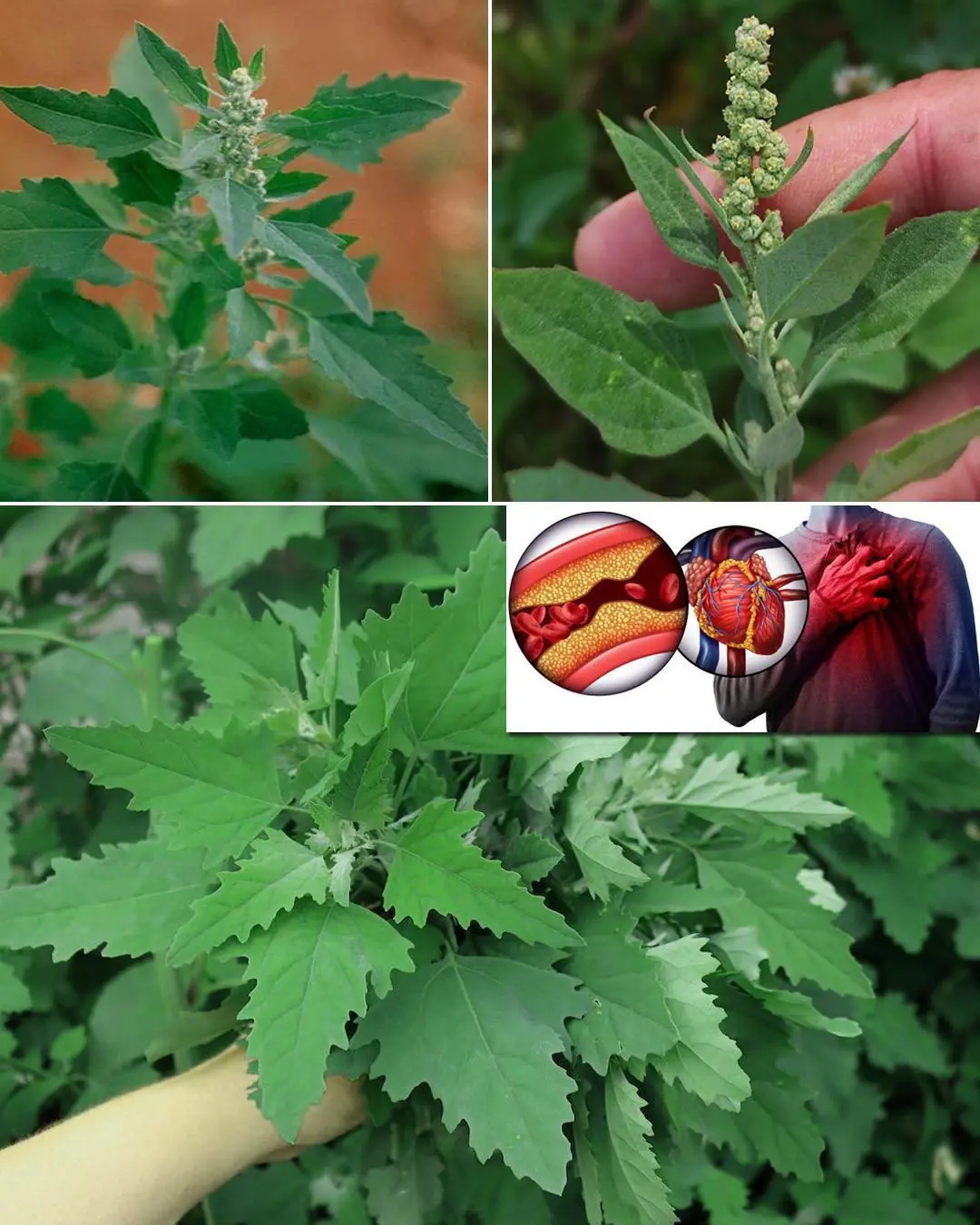
Lamb’s Quarters/Wild Spinach a superfood with health benefits
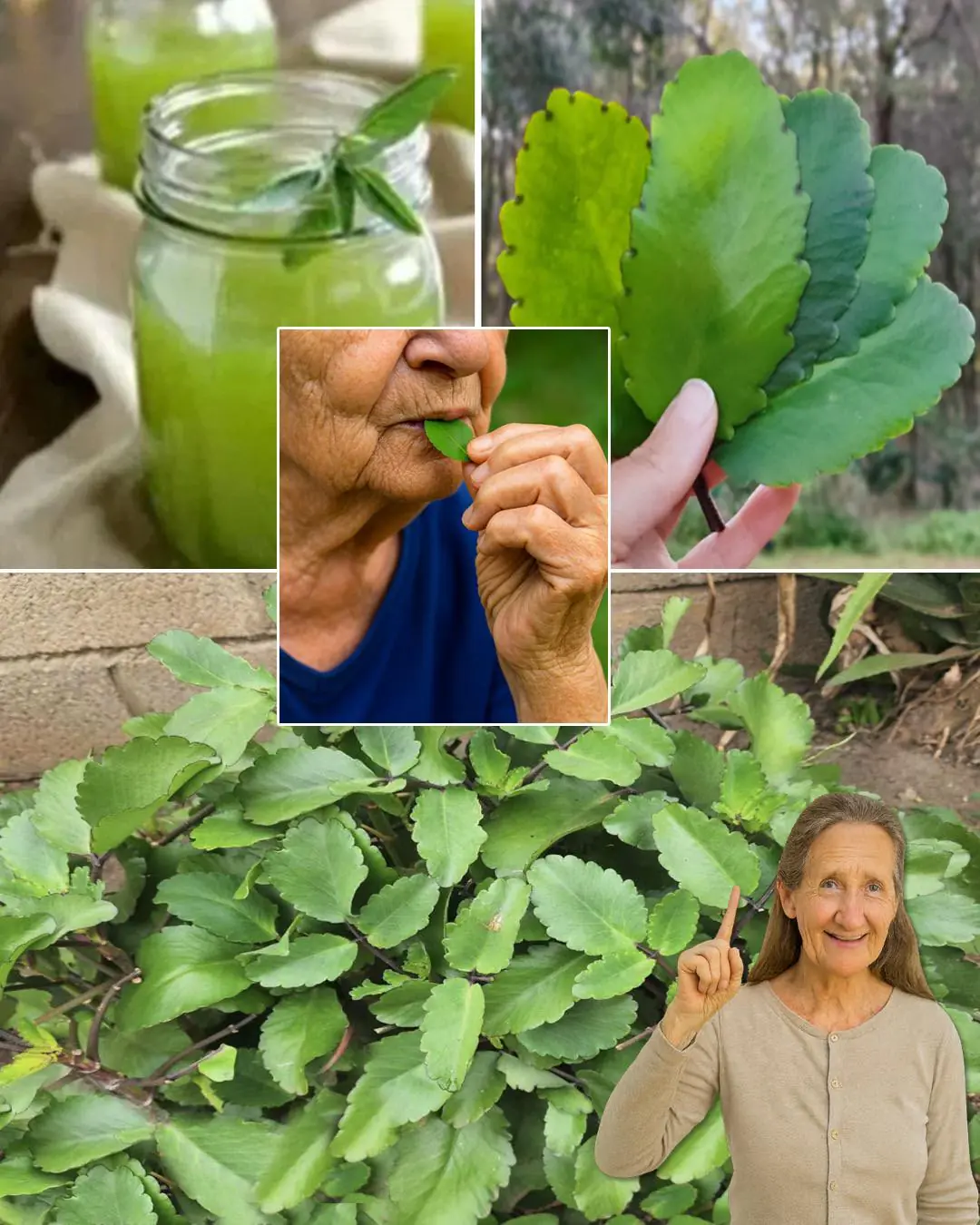
7 Benefits of the Miracle Leaf of Life
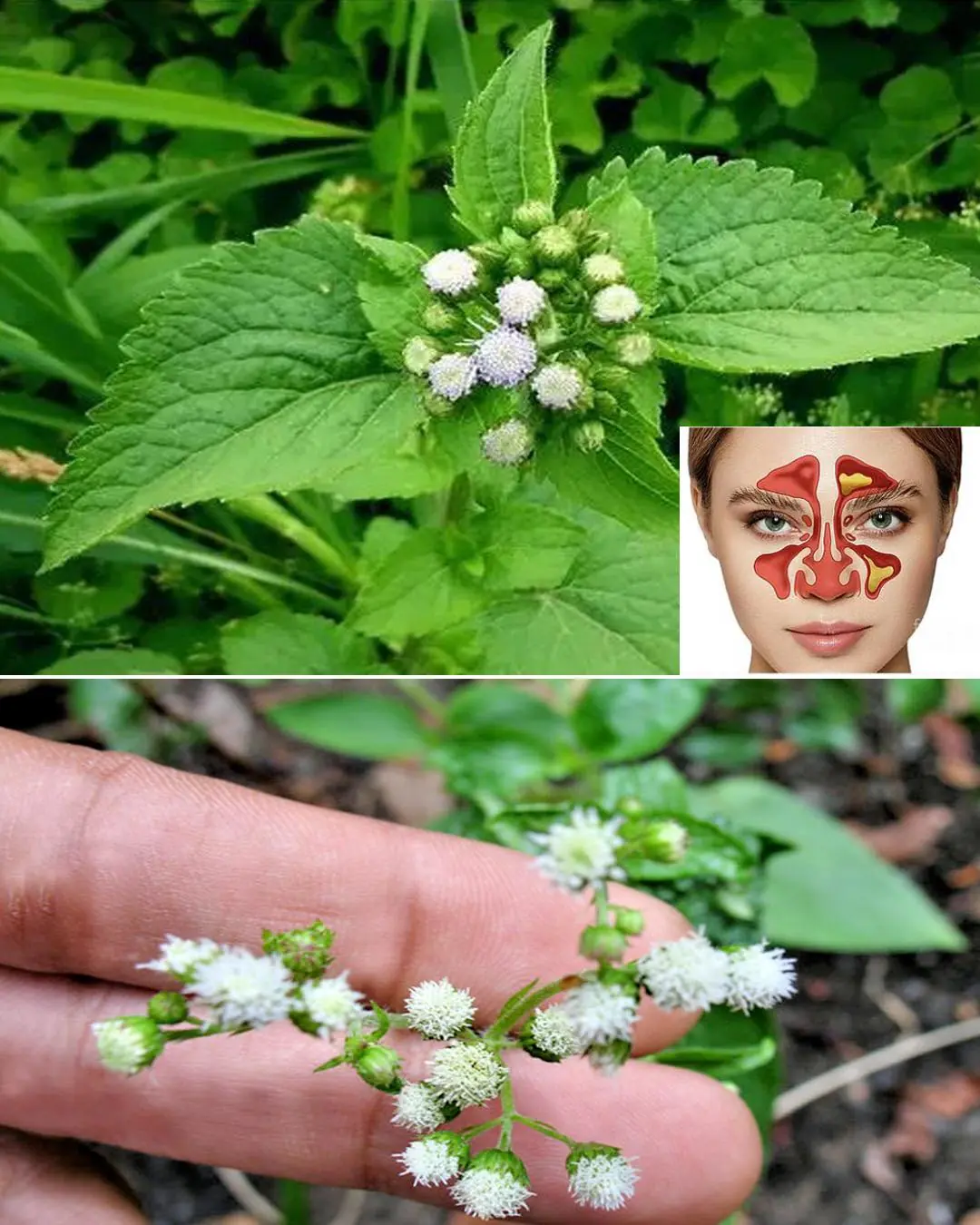
7 Benefits and Uses of Ageratum conyzoides
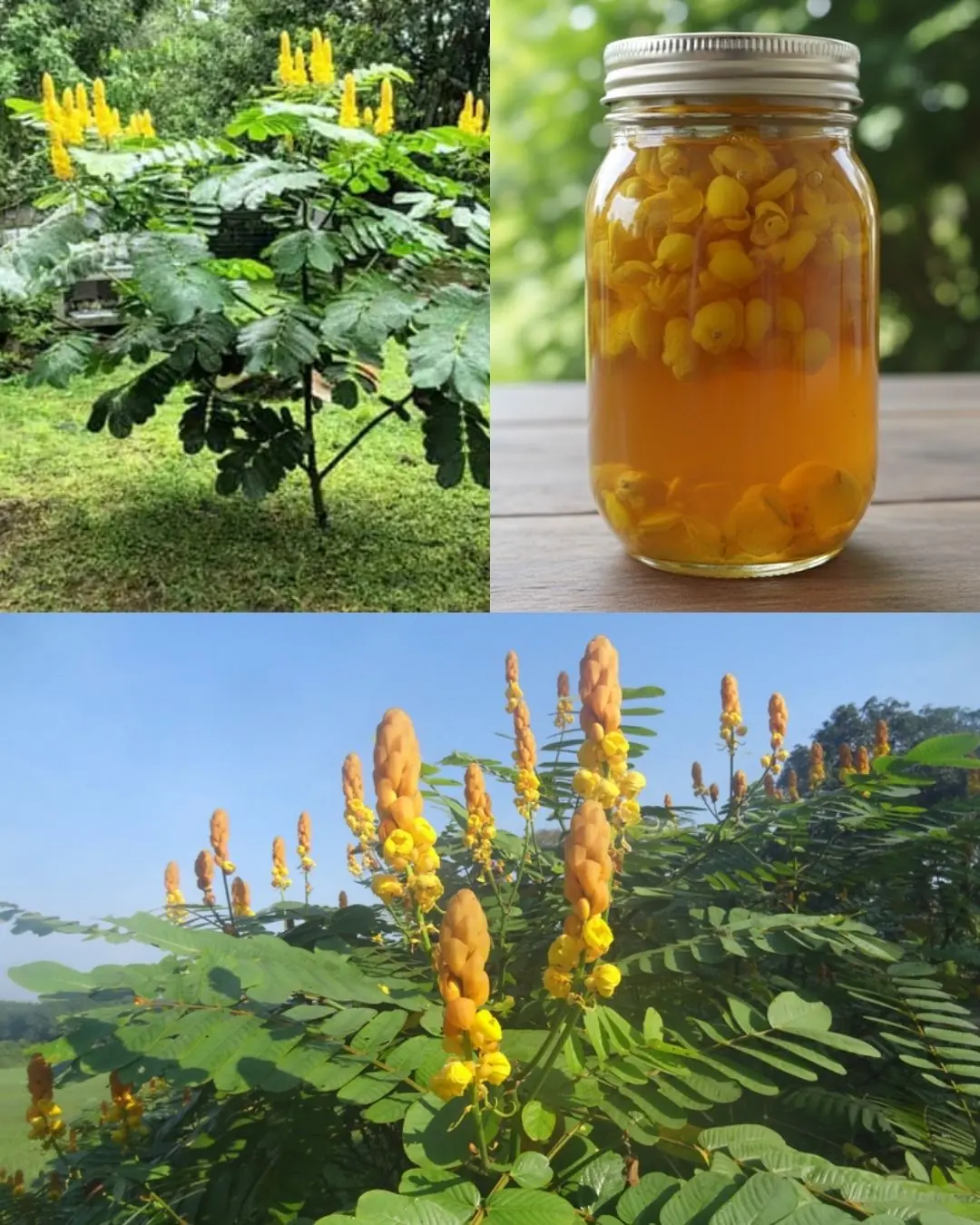
The Powerful Medicinal Benefits and Uses of Senna alata
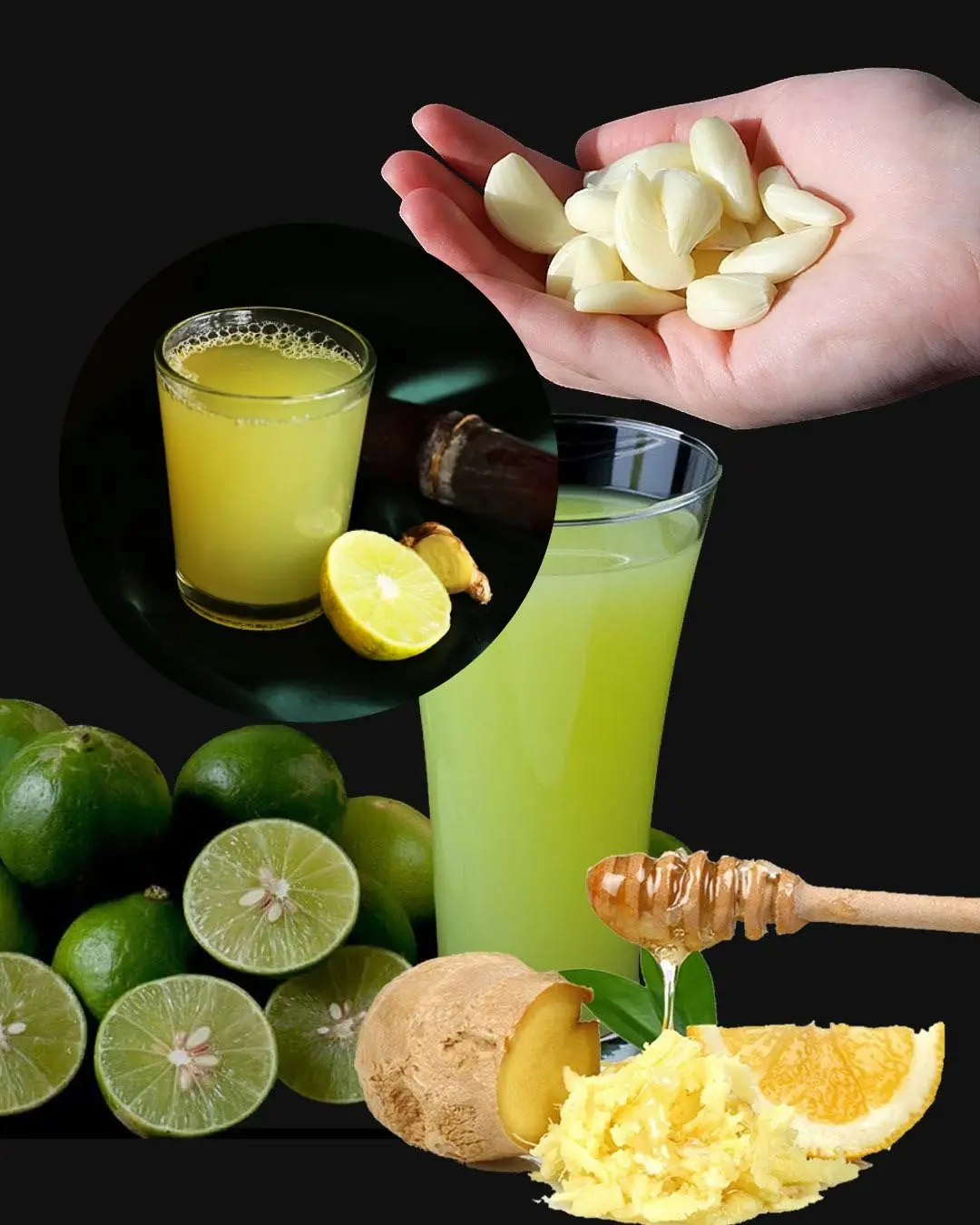
Search Results for: Ginger–Turmeric–Honey: A Golden Natural Remedy

Unlock the Forbidden Sweetness: Why Dates Are the Ultimate Superfood Hiding in Plain Sight
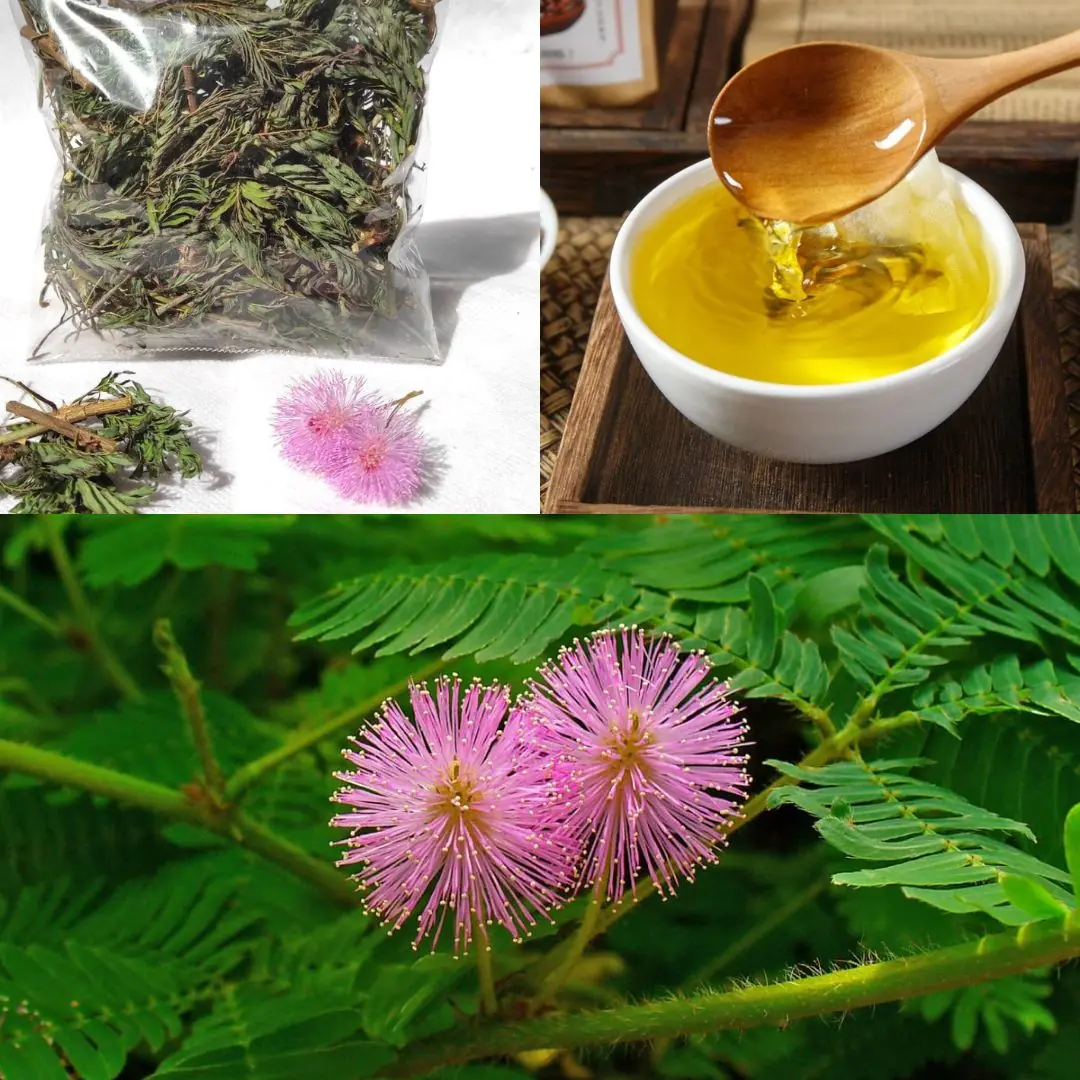
The Digestive Benefits of Mimosa Pudica: A Natural Gut Cleanser
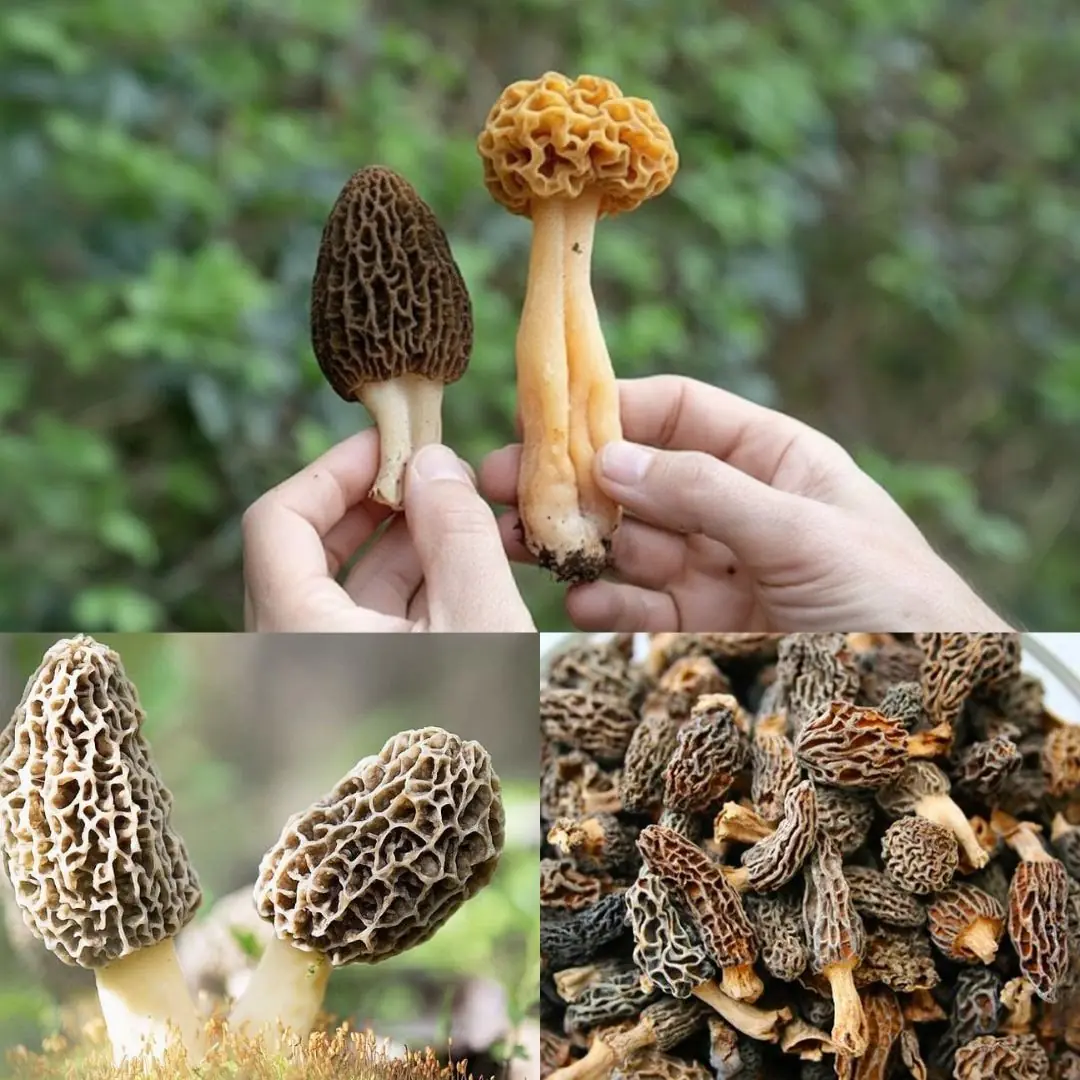
The Fascinating World of Morel Mushrooms: Types, Benefits, and Safe Usage
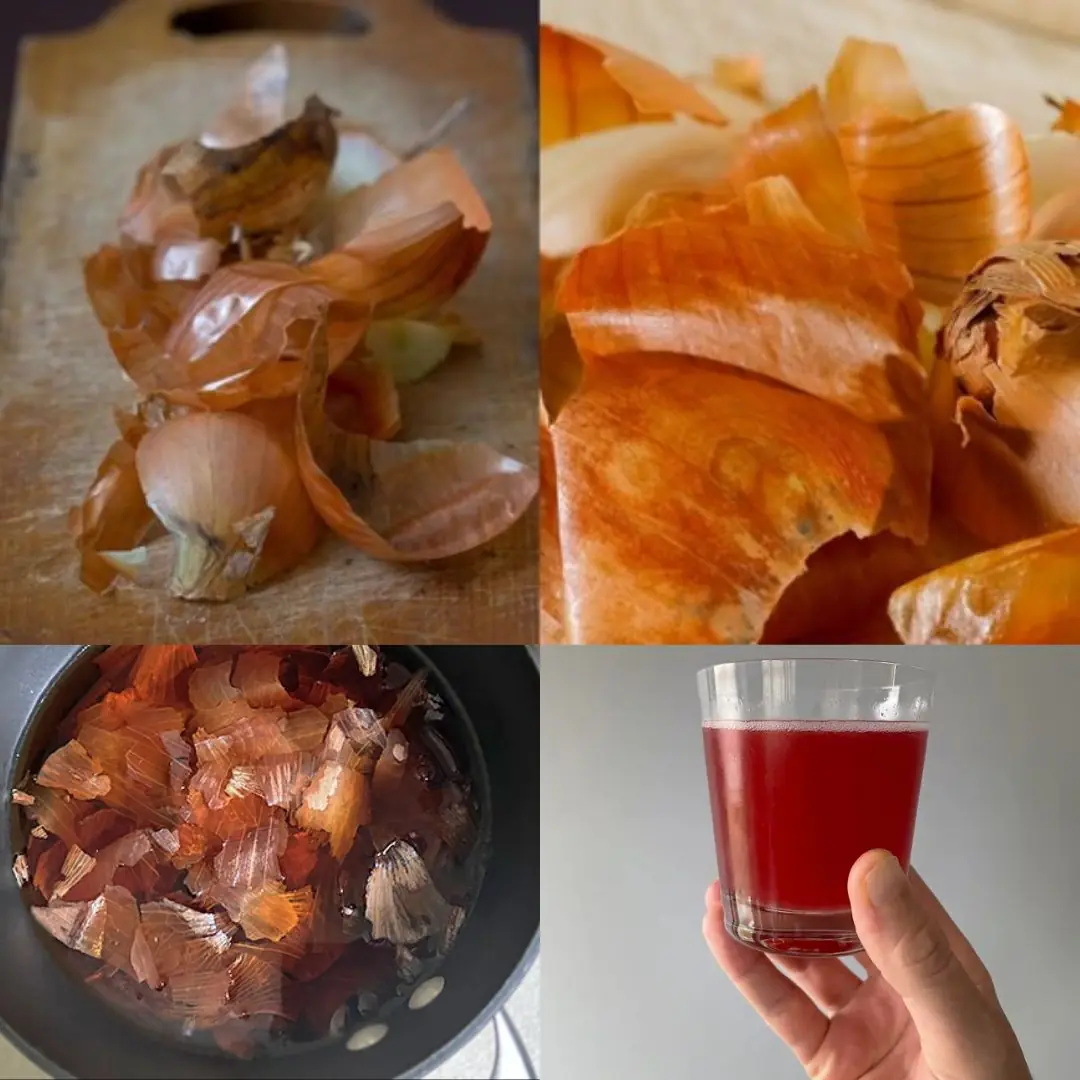
The Hidden Power of Onion Peels: Benefits and Homemade Uses

Beautify with familiar ingredients available in every home

Goldenberries (Physalis peruviana): A Nutrient-Packed Powerhouse for Health and Vision
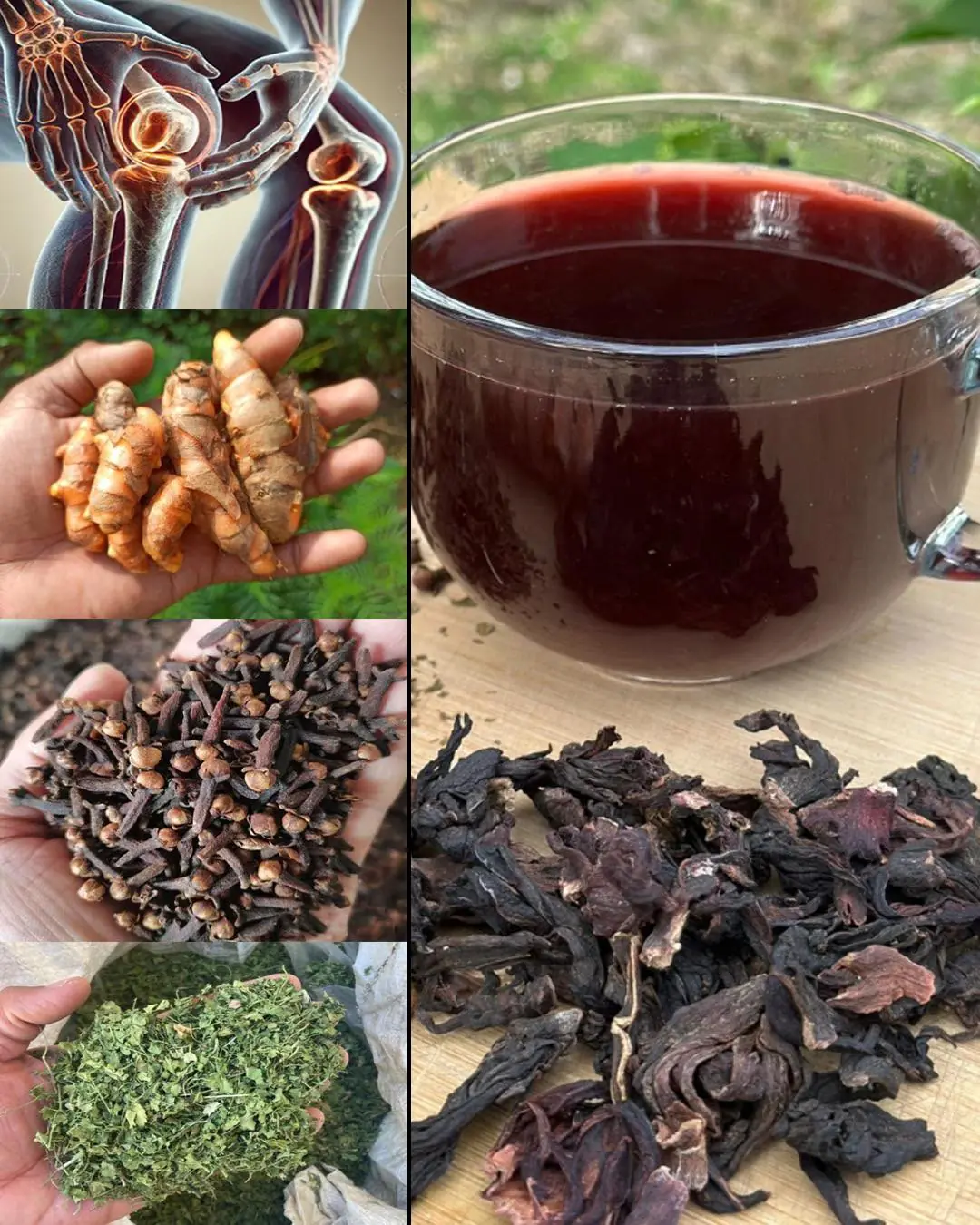
The Miracle Elixir for Diabetes, Fatty Liver and Joint Pain
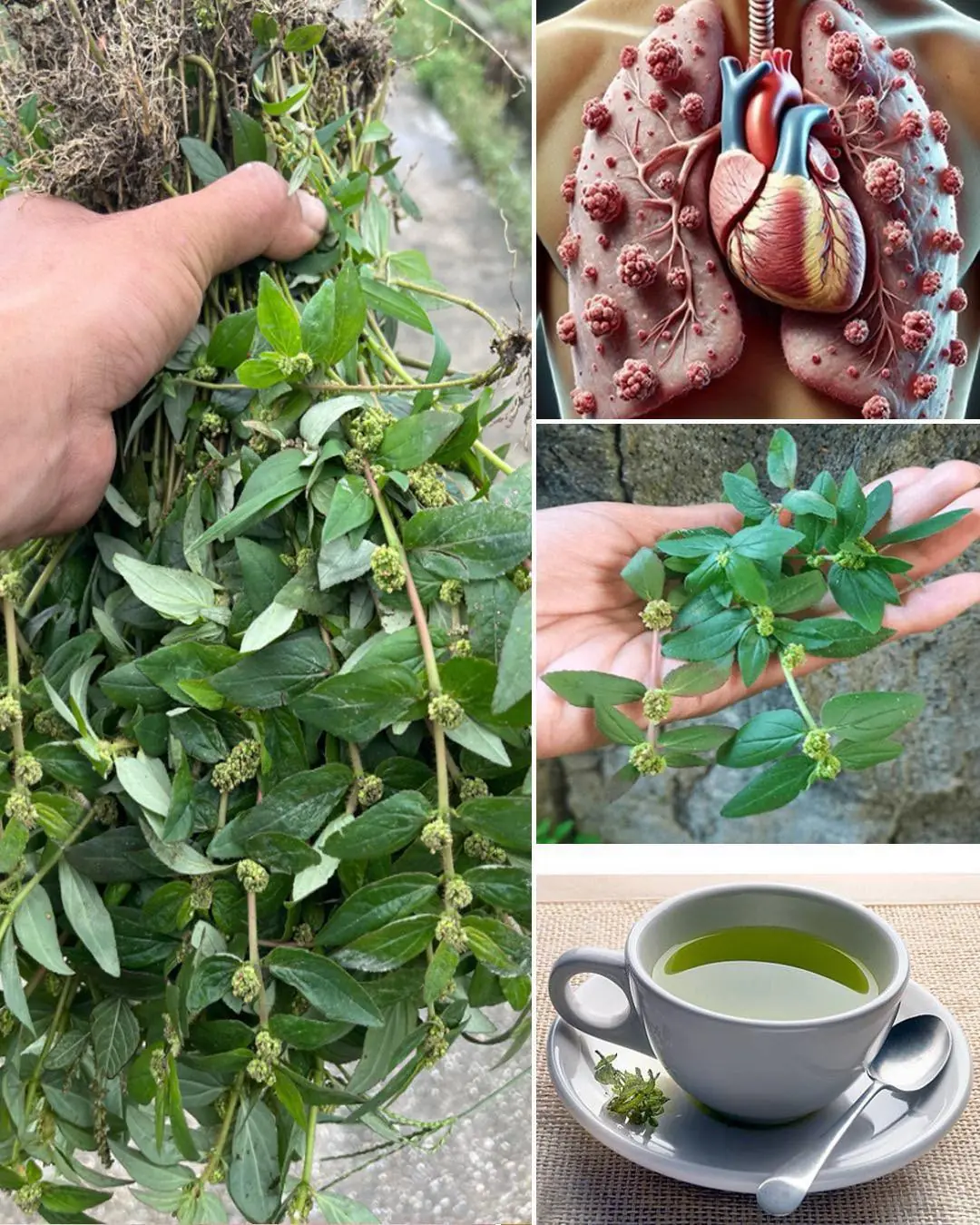
Euphorbia Hirta: 9 key health benefits of this versatile plant
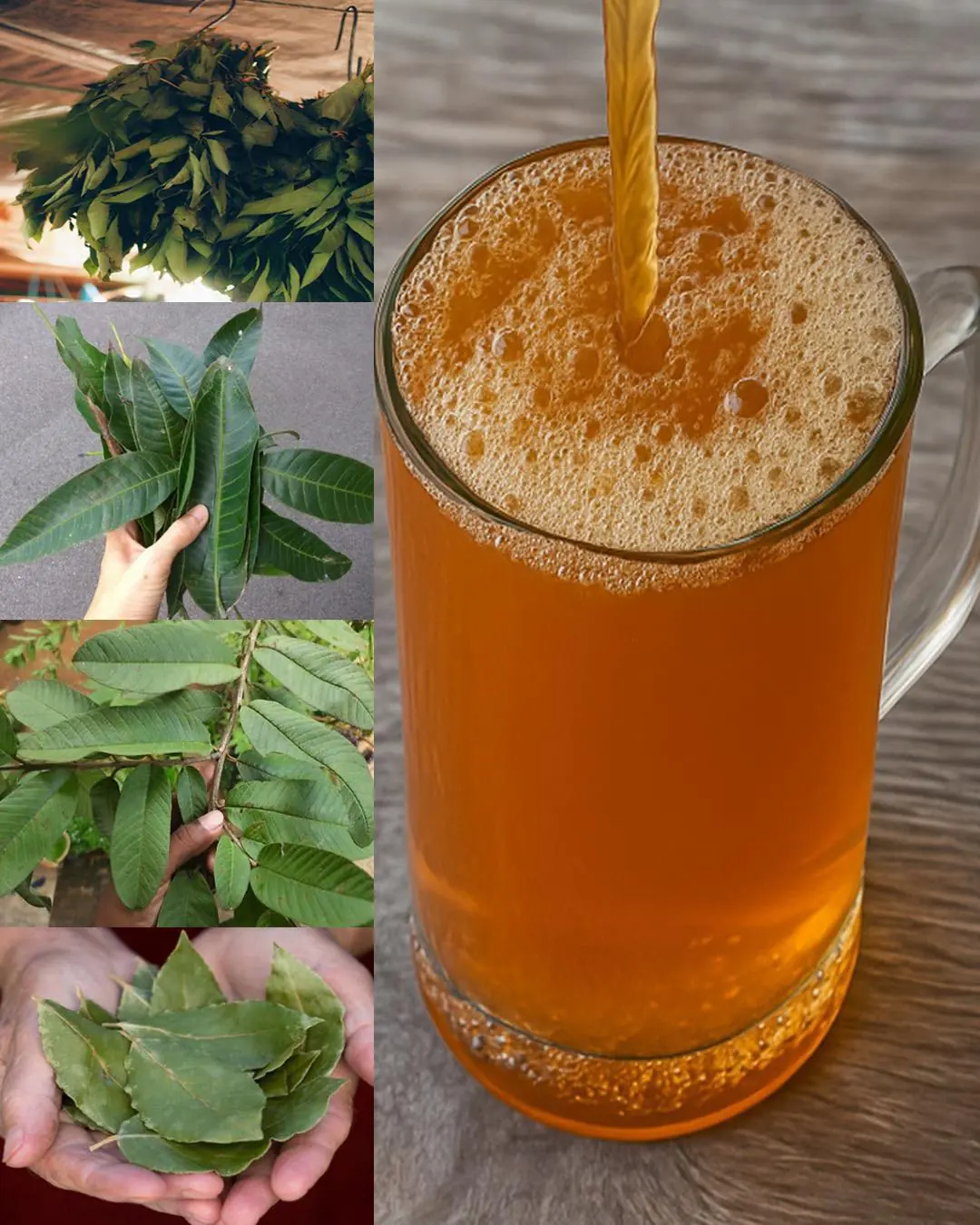
The four medicinal leaves: Avocado leaves, mango leaves, bay leaves, and guava leaves

The Hidden Power of Euphorbia prostrata: Benefits, Uses, and Healing Secrets
News Post

Kova the Polar Bear Becomes First to Benefit from New Marine Mammal Outreach Kit

A Blanket Stolen, A Heart Restored: How One Dog Sparked a Wave of Kindness

Choti, the Sleepiest Little Soul of the Sanctuary

The Girl Who Wanted to Fly to the Moon: Lucy’s Brave Battle with Bone Cancer

A Mother’s Plea: Fighting for Alan’s Future

Spots of Joy: The Horse, the Pony, and the Dog Who Became Family

The Silent Hero Who Bought Milk for a Thief.

The Lioness Who Found Freedom: From Captivity to Courage.

The Rescuer Who Brought a Baby Elephant Back to Life

If I owe you for groceries, then you should pay for living in my apartment too,” the wife replied to her enterprising husband.

— The apartment is ours now! My son said so!” — my husband’s parents showed up at the door with suitcases.

A homeless boy paused at a fogged bakery window and whispered, “That’s my mom.” In that breath, the life James Caldwell had welded shut with money and silence came apart like thin glass.

A schoolteacher caught her husband in bed with a younger woman, kicked them both out, divorced him, and later met a great programmer at a resort.

“Let me in—now! This is my son’s home!” the mother-in-law shrieked, pounding on the door.

THE WEDDING SPEECH THAT CHANGED EVERYTHING

— Will you tell my fortune? I’ll grease your palm. The old gypsy woman stared at her in surprise.

My Husband’s Mother Held a Family Council — the Decision Took 3 Minutes, but Life Changed Forever

Daddy, that waitress looks just like Mommy!” The words hit James Whitmore like a shockwave. He turned sharply—and froze. His wife had died.

— “My grandma is coming to stay with us… for a couple of weeks,” Kostya forced out, and Rita realized that pregnancy and the upcoming birth were nothing compared to the nightmare rolling toward them.
